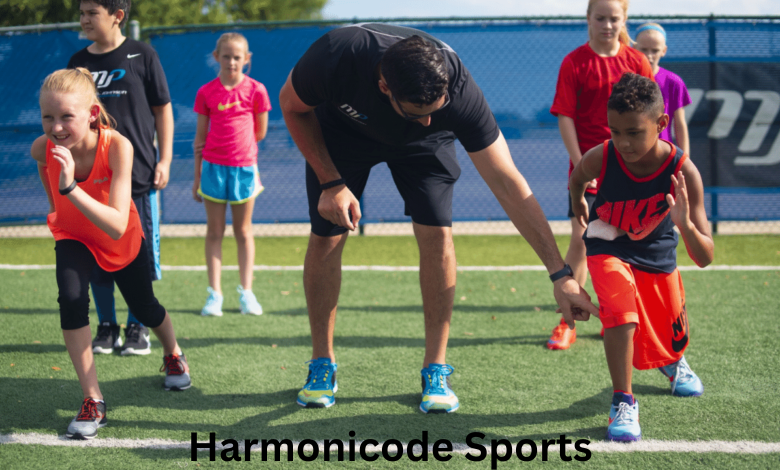In the high-stakes world of competitive sports, each fraction of a second can be the difference between victory and defeat. Athletes are relentlessly pursuing every available avenue to gain an advantage, and one tool standing out in potential yet under-recognized in Australia: sports vision therapy.
Comprehending the Sports Vision Therapy Terrain
This branch of optometry, specialised in its approach, focuses on more than simply addressing vision problems. Sports vision therapy hones the essential visual processing capabilities for athletic triumph, such as depth perception, hand-eye coordination and reaction rapidity. Despite the proven value, its adoption is still in infancy in Australia, with a lack of widespread knowledge within the sports community.
Differing from traditional optometric therapies that deal with broad vision issues, sports vision therapy customises its methods to cater to athletes’ specific needs. This tailored strategy employs an array of assessments to identify each individual’s visual assets and shortcomings. It then tailors exercises aimed at enhancing their performance in the sports arena.
A Leap Beyond Traditional Optometry
General optometry often concentrates on correcting refractive anomalies and enhancing basic visual functions, while sports vision training at Microprism Vision and similar companies adds another layer. It emphasises the particular visual skills necessary for athletes’ proficiency in their respective sports. A cricketer might train to track rapidly moving objects, while a basketball player might focus on enhancing peripheral awareness.
In the Australian sporting world, where cricket, rugby, and Australian Rules Football hold immense popularity, incorporating sports vision therapy could revolutionise athletes’ preparedness for competition. This approach ensures that the training is customised to the visual demands of each sport, offering a competitive advantage often neglected.
The Strength in Collaboration
One of the unique aspects of sports vision therapy is the partnership it encourages. By uniting optometrists, sports psychologists, and coaches, a comprehensive training regimen can be designed to suit the athlete’s visual and psychological requirements. This cross-disciplinary strategy not only refines visual capabilities but also bolsters mental resilience, preparing athletes to withstand the rigours of competition.
Coaches hold a pivotal role in fostering this collaboration. By embedding vision training routines into daily practice sessions, they can facilitate athletes’ seamless integration of these new enhanced skills into their gameplay. Sports psychologists, on the other hand, tackle the mental elements of visual performance, such as concentration, focus, and visualisation techniques.
Future Prospects
As Australia’s sports landscape progresses, the integration of sports vision therapy in training curriculums could potentially be a game-changer. By acknowledging its potential and promoting its acceptance, athletes and coaches can unlock new performance dimensions extending beyond physical prowess. The education of sports professionals about vision training benefits and fostering collaborative relationships among experts are crucial for tapping into its full potential.
In essence, sports vision therapy in Australia is an unchartered territory waiting to be explored. For athletes aiming for excellence, this innovative strategy provides a route to sharpen their visual skills and uplift their performance. By appreciating its relevance and advocating for its implementation, the Australian sports fraternity can ensure its athletes remain at the vanguard of performance enhancement.



